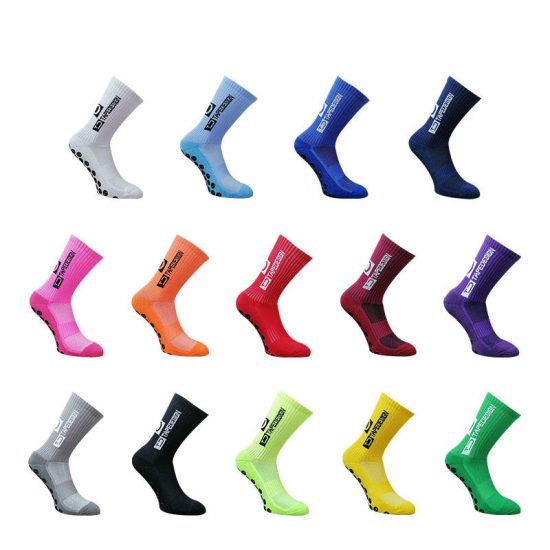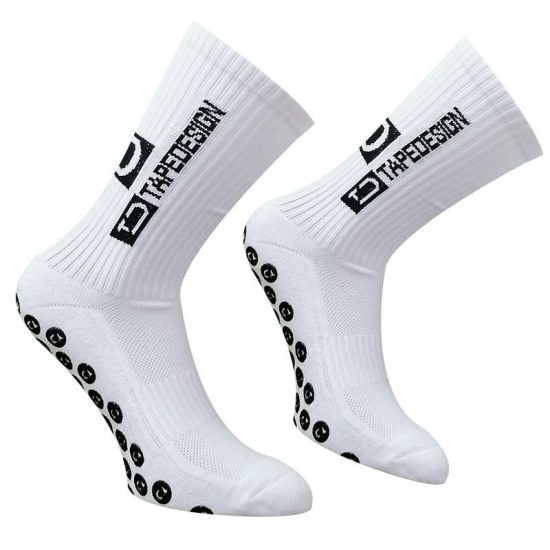Socks come in various materials, each with its own characteristics in terms of comfort, breathability, warmth, moisture-wicking abilities, and durability. Here are some common materials used in sock production:
- Cotton: Cotton is a natural fiber that is soft, breathable, and comfortable. It absorbs moisture well, making it suitable for everyday wear. However, cotton socks may not be the best choice for intense physical activities as they can retain moisture and take longer to dry.
- Wool: Wool is a natural fiber known for its insulation properties. It provides excellent warmth, even when wet, making it ideal for colder weather or outdoor activities. Wool socks are also moisture-wicking, meaning they can draw moisture away from the skin, keeping your feet dry and comfortable.
- Synthetic Fibers: Synthetic materials like polyester, nylon, and acrylic are commonly used in sock production. These fibers are known for their durability, moisture-wicking capabilities, and quick-drying properties. Synthetic socks are often used in athletic or performance socks for their breathability and ability to manage moisture.
- Bamboo: Bamboo fiber is a relatively new material used in socks. It is a sustainable and eco-friendly option that offers natural moisture-wicking and antimicrobial properties. Bamboo socks are soft, hypoallergenic, and breathable, making them suitable for various activities and climates.
- Silk: Silk is a luxurious and natural fiber that is soft, smooth, and comfortable to wear. Silk socks are lightweight and offer excellent temperature regulation, keeping your feet cool in hot weather and warm in cold weather. However, silk socks may require special care and are typically more expensive.
- Cashmere: Cashmere is a luxury material made from the fine hair of cashmere goats. Cashmere socks are incredibly soft, warm, and insulating. They provide exceptional comfort and are often chosen for their luxurious feel, especially in colder climates.
- Blends: Many socks are made from a blend of different materials to combine their respective benefits. For example, cotton and nylon blends offer the softness of cotton and the durability of nylon. Merino wool blends can provide warmth and moisture-wicking properties. These blends allow manufacturers to create socks with specific characteristics tailored to different needs.
When choosing socks, consider the activities you’ll be engaging in, the climate, and your personal comfort preferences. Different materials offer varying degrees of insulation, breathability, and moisture management, allowing you to find the most suitable socks for your needs.

